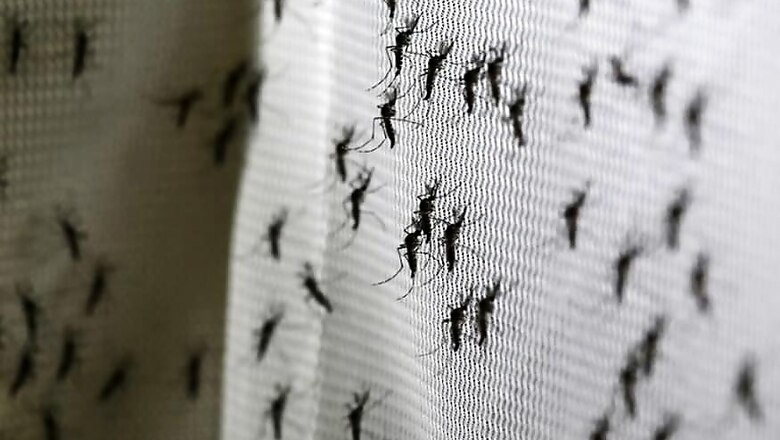
views
Rising number of cases of chikungunya in Ethiopia is becoming a grave matter of concern for the east African country. According to Outbreak News Today, the number of registered cases has touched 40,340 since late July. This number stood tall after additional 5,500 cases were reported in the week ending September 15.
Chikungunya is a mosquito-borne viral disease first described during an outbreak in southern Tanzania in 1952. According to World Health Organisation, it is an RNA virus that belongs to the alphavirus genus of the family Togaviridae. The name “chikungunya” derives from a word in the Kimakonde language, meaning “to become contorted”, and describes the stooped appearance of sufferers with joint pain (arthralgia).
Chikungunya is characterized by an abrupt onset of fever frequently accompanied by joint pain. Other common signs and symptoms include muscle pain, headache, nausea, fatigue and rash. The joint pain is often very debilitating, but usually lasts for a few days or may be prolonged to weeks. Hence the virus can cause acute, sub-acute or chronic disease.
Most patients recover fully, but in some cases joint pain may persist for several months, or even years. Occasional cases of eye, neurological and heart complications have been reported, as well as gastrointestinal complaints. Serious complications are not common, but in older people, the disease can contribute to the cause of death. Often symptoms in infected individuals are mild and the infection may go unrecognized, or be misdiagnosed in areas where dengue occurs.
Cases have been reported from all or neighborhoods in the Dire Dawa city administration of Ethiopia, which has a population of 335,000.
This is the second chikungunya outbreak in Ethiopia; the last was in the summer of 2016.
Outbreak News Today reported that the chikungunya outbreak comes at a time when Ethiopia is facing numerous other health emergencies that are stretching the limited resources available, including a humanitarian crisis, malnutrition, cholera, dengue fever and measles outbreaks.
Chikungunya has been identified in over 60 countries in Asia, Africa, Europe and the Americas. The virus is transmitted from human to human by the bites of infected female mosquitoes. Most commonly, the mosquitoes involved are Aedes aegypti and Aedes albopictus, two species which can also transmit other mosquito-borne viruses, including dengue.



















Comments
0 comment